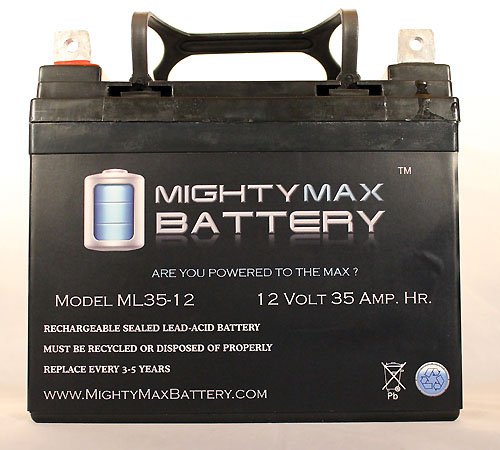CharlieGirl
Member
- Joined
- Jan 4, 2018
- Messages
- 34
- Reaction score
- 11
- Country
- United Kingdom
We plan on fitting a dash cam to our new Skoda Superb. Front and rear ones ideally and with a parking mode to record while the engine is off if their is motion.
Thing is, my husband says it will drain the battery when the car isn't running. Not sure what kind of draw such cams make, but I guess it depends how much motion occurs. Parked on the drive there are cars going past every now and again, and people walking their dogs etc. But it certainly would spend more time off than on.
Our main concern is the battery, we don't want to risk draining the car's battery, so if there's anything I can do to protect it from draining when the car's off that would be good.
So we've thought of two options:
1. We could use a powerbank(s) and power the dash cam via USB when parked. Doubt the powerbank would last all that long with constant charging cycles but they aren't too expensive nowadays. Anyone know what we'd need in terms of capacity?
I was thinking I'd have to bring the powerbank into the house each day to recharge it. Can anyone suggest what we should get?
2: I'm wondering if fitting a second car battery in the boot is an option, and trickle charging it with a solar panel on the rear parcel shelf. I have doubts that the solar panel would supply enough juice but who knows. I could get a 20W panel, which I doubt would achieve more than a quarter of that sat on the parcel shelf. I don't know what the draw on a dash cam might be but I'm wondering if this would be enough or not?
Hoping someone can help.
Thanks
Charlotte
Thing is, my husband says it will drain the battery when the car isn't running. Not sure what kind of draw such cams make, but I guess it depends how much motion occurs. Parked on the drive there are cars going past every now and again, and people walking their dogs etc. But it certainly would spend more time off than on.
Our main concern is the battery, we don't want to risk draining the car's battery, so if there's anything I can do to protect it from draining when the car's off that would be good.
So we've thought of two options:
1. We could use a powerbank(s) and power the dash cam via USB when parked. Doubt the powerbank would last all that long with constant charging cycles but they aren't too expensive nowadays. Anyone know what we'd need in terms of capacity?
I was thinking I'd have to bring the powerbank into the house each day to recharge it. Can anyone suggest what we should get?
2: I'm wondering if fitting a second car battery in the boot is an option, and trickle charging it with a solar panel on the rear parcel shelf. I have doubts that the solar panel would supply enough juice but who knows. I could get a 20W panel, which I doubt would achieve more than a quarter of that sat on the parcel shelf. I don't know what the draw on a dash cam might be but I'm wondering if this would be enough or not?
Hoping someone can help.
Thanks
Charlotte



